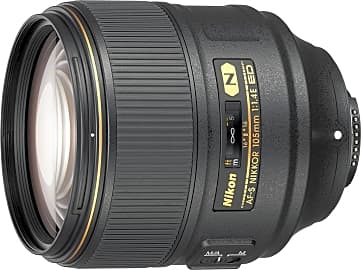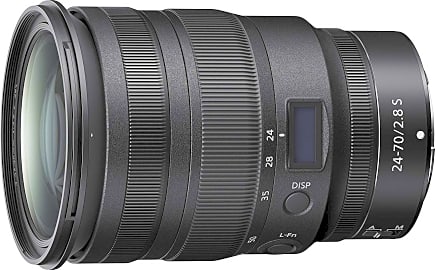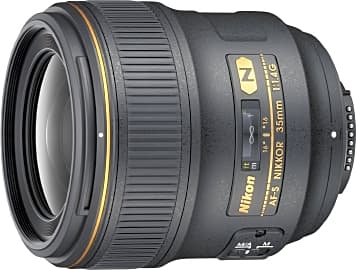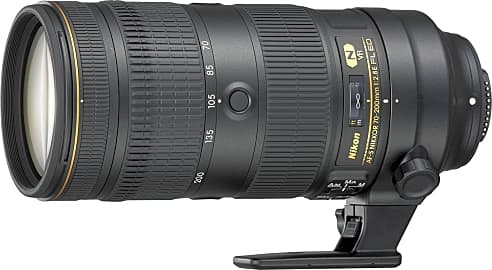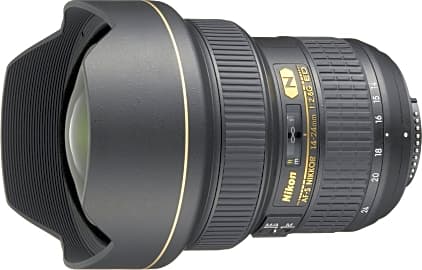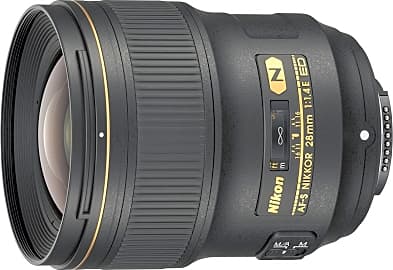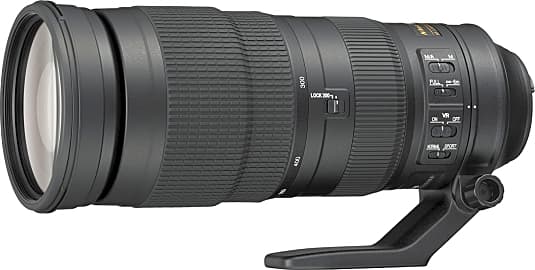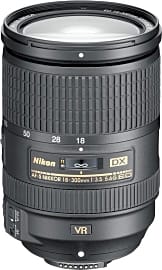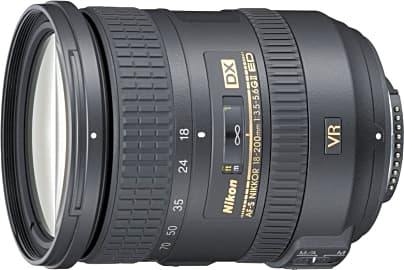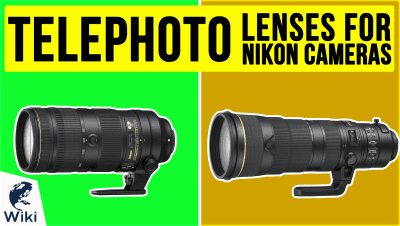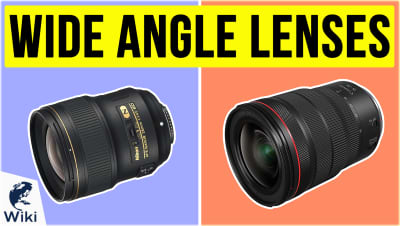The 10 Best Nikon Lenses

This wiki has been updated 47 times since it was first published in April of 2015. Offering everything from wide-angle and close-up macros to long-range telephoto shots, these Nikon lenses will deliver outstanding image quality. We've included models that are priced for everyone from amateur photographers upgrading their kits through to professional shooters looking to round out their arsenals, ranked here by their sharpness, autofocus speed, and durability. When users buy our independently chosen editorial recommendations, we may earn commissions to help fund the Wiki.
Editor's Notes
March 28, 2019:
Now that Nikon has finally dropped its mirrorless Z system, there was no way we were going to leave out what is probably the best glass for that particular mount — unless, of course, the lens wasn't any good, but that's not the case.
That lens, the Z-mount 24-70 2.8, is actually a faster version of the 24-70 that came out when the system first launched, and its proving to be quite the low-light performer.
On the more disappointing end, a lack of availability and a somewhat limited usability saw us remove the 19mm tilt shift model we'd previously included.
Pinpoint Focus From A Handful Of Sand
When light gets in through the multiple elements in these lenses, it's more than just a vague transmission of waves.
While the image of glass manufactured from sand is a nice pastoral memory, it's not entirely accurate when discussing the creation of camera lenses, or even the windows on your house for that matter, most of which are made from laboratory-fabricated crystals.
For Nikon shooters, there are about a dozen pieces of glass on the market that are truly drool-worthy. Their resolution and speed make them among the finest examples of professional-grade glass in the world. And, in the case of about half of our selections, the prices won't cost you a second mortgage.
When light gets in through the multiple elements in these lenses, it's more than just a vague transmission of waves. Those elements work in precise concert with one another to bend those waves into a stark uniformity. Otherwise, there would be vicious distortion to your image.
Digital camera sensors are flat rectangles, and light coming in through a single lens would refract and hit the sensor at ever-so-slightly different times. As the wavelength of light coming in at a diagonal through the right side of the lens and hitting the sensor on the left side would be microscopically longer than the light coming in on the left and hitting on the left.
The phenomenon is called field curvature, and these Nikon lenses reorganize that light into a uniform image by stacking concave and convex lens elements against one another, elements that are polished and hewn to the micron.
Some of the lenses here also employ a number of image stabilizers inside the lens body, which counteract perceived hand shake and mirror vibrations, so your handheld pictures look as sharp as they might on a tripod.
Don't Forget To Factor In The Crop
When digital cameras first made contact with consumers, the best among them boasted APS-C sized sensors, which are smaller than a traditional piece of 35mm film. Camera manufacturers were smart enough to keep the design of the lens mounts the same, so that shooters could jump to digital without having to buy new lenses, but the difference between an APS-C sized sensor and what we now call a full frame sensor caused a change in the lens' focal lengths.
After that, the big question becomes whether you're a zoom person or a prime person.
On an APS-C sized sensor, a 50mm lens shoots roughly 75mm. A 20mm lens shoots roughly 30mm. That's because the crop factor between the two formats is about 1.5x. You can divide the focal length of any FX lens (FX is Nikon's full frame lens shorthand specification) and add that to the original focal length to get the crop factor figured out.
Over time, Nikon produced better and better lenses designed specifically for their APS-C sensors with DX as the specification, so that new photographers or shooters jumping to Nikon from other brands wouldn't have to do that extra little bit of math.
If you already own a Nikon body, or if you're shopping for Nikon glass to use with an adapter on another body, it's best for you to double-check that sensor size. There are simple charts across the internet that break down each sensor size and its corresponding crop factor for you to investigate. After that, the big question becomes whether you're a zoom person or a prime person.
Zoom lenses allow you to achieve different focal lengths with a single lens, so you can do more diverse shooting without running all around a space or changing lenses over and over again. They're great for sports and event photography, or anything that requires lightning-like reflexes from a photographer.
Primes are a little better suited for art photography, fashion photography, portraiture, and videography. They tend to be a little sharper because they require fewer elements and they don't need to balance sharpness across any more than their single focal length the way that zooms do.
Figure out what sensor size you're working with, and what kind of shooting you want to do, and you'll be well on your way to finding the perfect lens.
Multiplying Glass
Early camera lenses–the ones that accompanied the earliest cameras in the early years of the 19th century–were a single piece of glass, coarsely ground and wildly inconsistent by today's standards. Photographers in those days had little control over focus, and their only options for focal length depended on the placement of camera and subject.
Photographers in those days had little control over focus, and their only options for focal length depended on the placement of camera and subject.
In 1839, Charles Chevalier introduced the first lens with combined glass elements–one convex lens fitted into another concave lens–that increased the image's sharpness and helped battle field curvature.
In the century and a half to follow, leading up to the digital revolution, lens makers and professional manufacturers added more and more lens elements to their better lenses, discovering more effective means of grinding, shaping, and polishing the glass along the way.
Even before digital photography came about, companies like Nikon incorporated computer precision into their assembly process, measuring their glass elements to incredible specificity and fitting them into equally well-designed housings.


